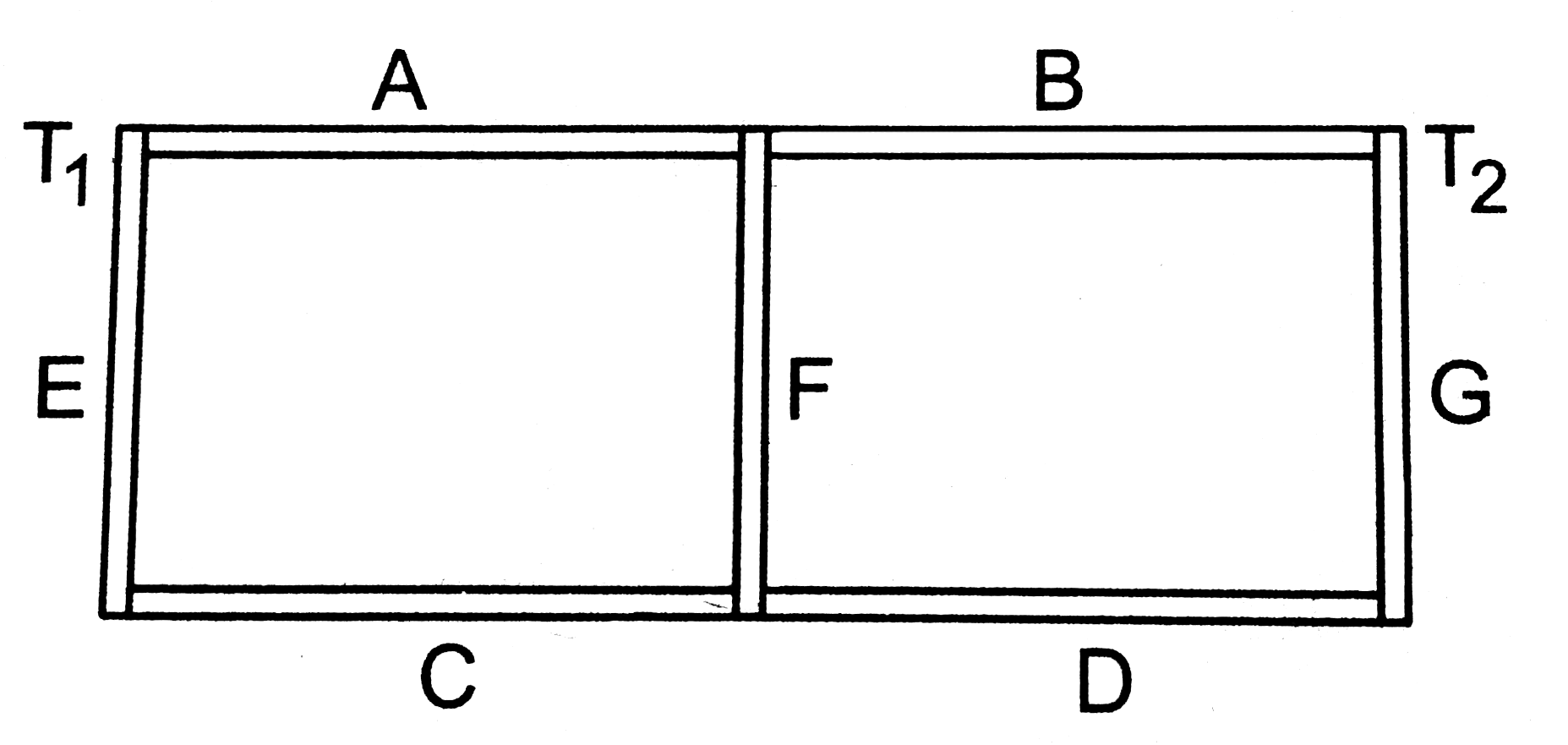If is the equilibrium constant at temperature is the equilibrium constant at temperature If and reaction is endothermic then
All of these
The correct Answer is:C
To solve the problem, we need to analyze the relationship between the equilibrium constants K1 and K2 at two different temperatures T1 and T2 for an endothermic reaction.
1. Understanding Endothermic Reactions:
- An endothermic reaction absorbs heat, which means that the enthalpy change (ΔH) for the reaction is positive.
2. Using the Van 't Hoff Equation:
- The Van 't Hoff equation relates the change in the equilibrium constant with temperature:
logK2K1=ΔH2.303R(1T1−1T2)
- Here, R is the universal gas constant, which is always positive.
3. Analyzing the Temperature Condition:
- We are given that T2>T1. Therefore, 1T1>1T2. This means that the term (1T1−1T2) is positive.
4. Substituting into the Van 't Hoff Equation:
- Since ΔH is positive (for endothermic reactions) and R is positive, the entire right-hand side of the equation is positive:
logK2K1>0
5. Interpreting the Result:
- If logK2K1>0, it implies that:
K2>K1
6. Conclusion:
- Therefore, for an endothermic reaction where T2>T1, the equilibrium constant at the higher temperature K2 is greater than the equilibrium constant at the lower temperature K1.
Final Answer:
- The correct option is that K2 is greater than K1.
- An endothermic reaction absorbs heat, which means that the enthalpy change (ΔH) for the reaction is positive.
- The Van 't Hoff equation relates the change in the equilibrium constant with temperature:
logK2K1=ΔH2.303R(1T1−1T2)
- Here, R is the universal gas constant, which is always positive.
- We are given that T2>T1. Therefore, 1T1>1T2. This means that the term (1T1−1T2) is positive.
- Since ΔH is positive (for endothermic reactions) and R is positive, the entire right-hand side of the equation is positive:
logK2K1>0
- If logK2K1>0, it implies that:
K2>K1
- Therefore, for an endothermic reaction where T2>T1, the equilibrium constant at the higher temperature K2 is greater than the equilibrium constant at the lower temperature K1.
- The correct option is that K2 is greater than K1.
Topper's Solved these Questions
- EQUILIBRIUMBook:AAKASH INSTITUTE ENGLISHChapter:EQUILIBRIUMExercise:ASSIGNMENT (SECTION -A)
Explore 50 Videos
- EQUILIBRIUMBook:AAKASH INSTITUTE ENGLISHChapter:EQUILIBRIUMExercise:ASSIGNMENT (SECTION -B)
Explore 35 Videos
- EQUILIBRIUMBook:AAKASH INSTITUTE ENGLISHChapter:EQUILIBRIUMExercise:TRY YOURSELF
Explore 52 Videos
- ENVIRONMENTAL CHEMISTRYBook:AAKASH INSTITUTE ENGLISHChapter:ENVIRONMENTAL CHEMISTRYExercise:ASSIGNMENT (SECTION-D) (Assertion - Reason Type Questions)
Explore 4 Videos
- GENERAL PRINCIPLES AND PROCESSES OF ISOLATION OF ELEMENTSBook:AAKASH INSTITUTE ENGLISHChapter:GENERAL PRINCIPLES AND PROCESSES OF ISOLATION OF ELEMENTSExercise:Assignment (Section-D) Assertion-Reason Type Question
Explore 15 Videos
Similar Questions
If K1= Rate constant at temperature T1 and k2 rate constant at temperature T2 for a first order reaction, then which of the following relation is correct ?
View SolutionVan't Hoff's equation for a chemical reaction under equilibrium is given by standard reaction enthalpy at temperature T and K is the equilibrium constant . Predict how K will vary with temperature for an exothermic
View Solution
Knowledge Check
For a given exothermic reaction ,KPandKp' are the equilibrium constant at temperature T1andT2 respectively .Assuming that heat of reaction is constant in temperature range between T1andT2 , it is readly observed that
AKp>KpBKp<KpCKp=KpDKp=1Kp'
If 'O' is at equilibrium then the values of the tension T1 and T2 respectively.

View SolutionIf the solution boils at a temperature T1 and solvent at a temperature T2 the elevation of boiling point is given by:
View SolutionA rod of length l and cross sectional area A has a variable conductivity given by K=αT, where α is a positive constant T is temperatures in Kelvin. Two ends of the rod are maintained at temperatures T1 and T2(T1>T2). Heat current flowing through the rod will be
View SolutionA rod of length l and cross-section area A has a variable thermal conductivity given by K = α T, where α is a positive constant and T is temperature in kelvin. Two ends of the rod are maintained at temperature T1 and T2 (T1>T2). Heat current flowing through the rod will be
View SolutionSeven rods A, B, C, D, E, F and G are joined as shown in figure. All the rods have equal cross-sectional area A and length l. The thermal conductivities of the rods are KA=KC=K0, KB=KD=2K0, KE=3K0, KF=4K0 and KG=5K0 . The rod E is kept at a constant temperature T1 and the rod G is kept at a constant temperature T2(T2>T1) . (a) Show that the rod F has a uniform temperature T=(T1+2T2)/3 . (b) Find the rate of heat flowing from the source which maintains the temperature T2 .

View SolutionFor A+B⇔C+D , the equilibrium constant is K1 and for C+D⇔A+B, the equilibrium constant is K2. The correct relation between K1 and K2 is
View SolutionA copper block of mass 'm' at temperature 'T1' is kept in the open atmosphere at temperature 'T2' where T2>T1. The variation of entropy of the copper block with time is best illustrated by
View Solution